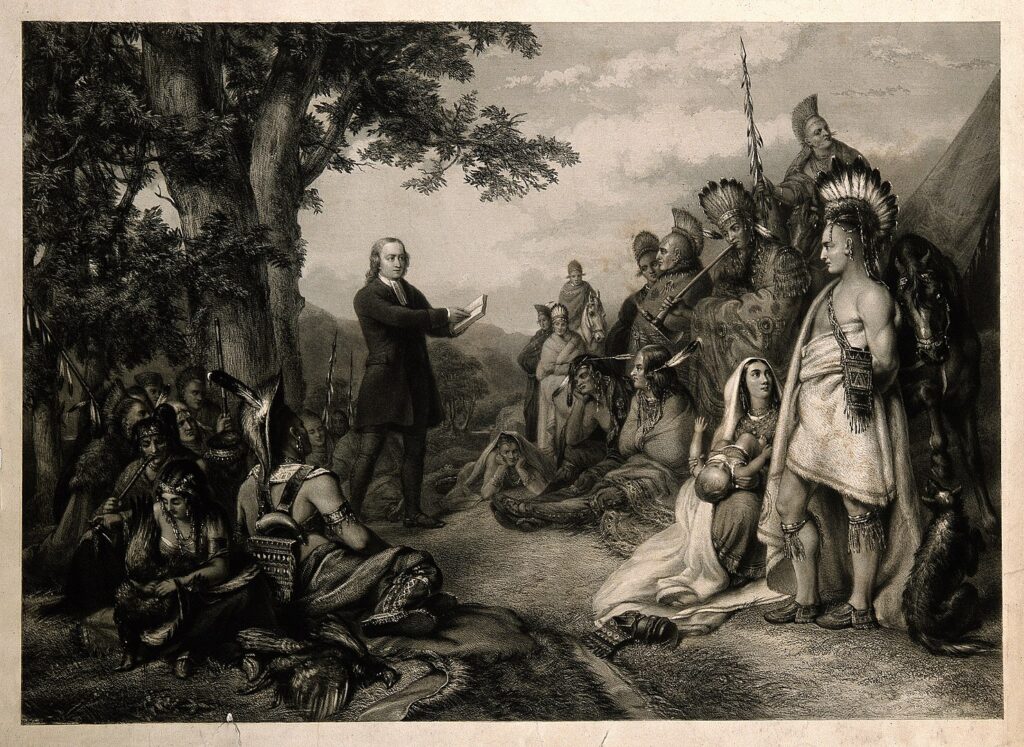Evidence exposes deliberate collapse of Native sustenance networks.

Growing research has drawn new attention to how aggressively the United States disrupted Indigenous food systems during the nineteenth century. These systems supported cultures that had thrived for generations, and dismantling them became a tool for controlling Native nations. The more scholars uncover, the clearer the pattern becomes. Food scarcity, once attributed to circumstance, is now understood as a deliberate strategy tied to removal policies. The revelations have stirred difficult conversations about how far federal authorities went to break the resilience of Native communities.
1. Researchers uncovered evidence of strategic buffalo extermination.

Historians analyzing military correspondence found clear indications that the mass slaughter of buffalo was encouraged to starve Plains tribes into compliance. According to Smithsonian Magazine, officials understood that destroying the herds would eliminate a central food source and force Indigenous nations into dependence. The scale of the extermination was immense and occurred in tandem with escalating relocation policies.
Once the buffalo vanished the consequences hit rapidly. Communities that relied on the herds for food, shelter and trade faced a void no substitute could fill. This collapse tightened federal pressure on tribes already fighting removal from ancestral homelands and pushed many into desperate negotiations.
2. Military raids often targeted crops and winter stores directly.

During campaigns across the Southwest and Great Plains, federal troops destroyed cornfields, storage pits and harvested supplies to weaken tribal resistance. These actions were documented in analysis reported by the National Park Service. Records show units were instructed to burn crops and seize food caches to eliminate the ability of native communities to sustain themselves.
The loss of these stores was devastating. Without crops to carry them through winter many families were driven from their lands in search of survival elsewhere. The strategy created conditions where relocation appeared to be the only option left, tightening the grip of federal control.
3. Federal ration systems created forced dependence on agencies.

As relocation policies advanced the government established ration programs that tied food access directly to compliance. As stated by History.com, rations became a tool for compelling tribes to remain at designated sites and accept new restrictions. Control of food distribution meant control over movement and daily life.
Communities that once fed themselves through sophisticated ecological systems now faced ration lines that offered little dignity or nourishment. The loss of autonomy deepened as families found themselves trapped between hunger and obeying federal demands. This dependency reshaped generations and accelerated the collapse of long standing traditions.
4. Burned fields signaled the collapse of agricultural continuity.

In regions where tribes maintained extensive farming traditions, scorched earth tactics severed the knowledge passed down through families. Destroyed fields meant lost harvest cycles, lost seed stores and lost agricultural memory. With each burning the opportunity to rebuild diminished further.
Families forced away from their fields could not easily replant in distant territories. The disruption weakened not only food security but cultural identity woven into the land. As communities scattered the agricultural practices they preserved for centuries fractured under the weight of removal efforts.
5. Fishing grounds became contested under expanding federal control.

As settlers pushed into coastal and river regions they seized fishing sites central to Indigenous diets. New restrictions cut off access to salmon runs, shellfish beds and river systems that fed entire nations. Authorities enforced regulations that favored settler commerce over Indigenous subsistence.
With access denied communities lost both food and essential cultural ties. Fishing traditions that anchored ceremony and trade suddenly faced boundaries that kept families from waters they had relied on since time immemorial. The displacement that followed carried both nutritional and spiritual consequences.
6. Forced marches devastated remaining sources of sustenance.

During relocations food supplies were dangerously limited. Families walked through harsh conditions without adequate rations and watched what remained spoil or run out along the way. Hunger pushed health into rapid decline and weakened entire groups before they arrived at their designated destinations.
These journeys drained any surviving resources left from homelands. Elders and children were especially vulnerable as the strain on their bodies intensified. The marches erased what little independence communities retained, leaving them dependent on government agents at the end of their routes.
7. Trading networks collapsed under federal restrictions on mobility.

Indigenous nations once traded widely across regions, securing food through interconnected networks. But relocation policies and reservation boundaries cut these lines apart. Movement became restricted, and winter trading partnerships dissolved under new surveillance and geographic confinement.
Without access to partners who once ensured seasonal balance, shortages became more severe. Isolation replaced cooperation, leaving many tribes unable to regain the stability that came from shared resources. The fractured networks reduced communities to limited supplies within shrinking borders.
8. Traditional gathering lands were fenced, claimed or destroyed.

Settlers quickly appropriated meadows, forests and riverbanks where Indigenous families gathered plants essential for nutrition and medicine. Barbed fences, ownership claims and rapid land conversion blocked access to territories that sustained generations. Loss of gathering grounds stripped diets of vital components.
Food knowledge tied to specific landscapes vanished when families were barred from returning. Medicinal plants, berries and roots disappeared from daily life, pushing communities into deeper dependency on government ration systems that offered none of the cultural nourishment they once had.
9. Livestock introduction undermined ecological food patterns.

Cattle brought by settlers damaged native grasses and trampled the delicate ecosystems that supported Indigenous plant life. Overgrazing altered landscapes quickly, erasing edible species and disrupting the seasonal cycles tribes depended on. The environmental shift created shortages that spread across entire regions.
Once the balance tipped, restoring it became nearly impossible. Tribes watched their most reliable gathering areas transform into degraded pastures. The ecological disruption narrowed food options year after year and left communities struggling to rebuild familiar patterns on unfamiliar land.
10. The long term aftermath still shapes Indigenous food sovereignty.

Generations after these policies unfolded the legacy remains visible. Many tribes continue rebuilding traditional food systems, restoring seeds, reclaiming fishing rights and reestablishing hunting territories. The work is ongoing but powerful as communities revive knowledge nearly erased by past destruction.
The new findings reinforce that this history was not simply loss but forced transformation. Understanding the depth of what was taken is central to supporting the revival underway today. The resurgence of Indigenous food sovereignty stands as both healing and resistance to the patterns that once tried to dismantle it.
